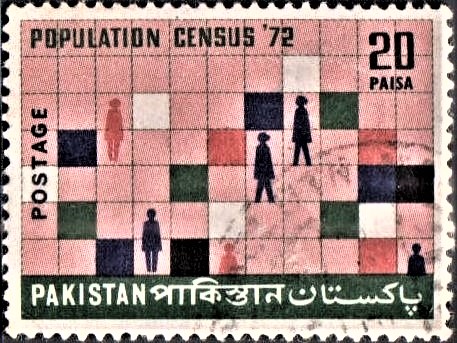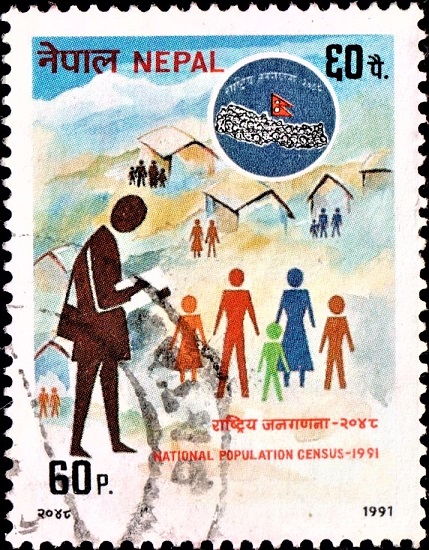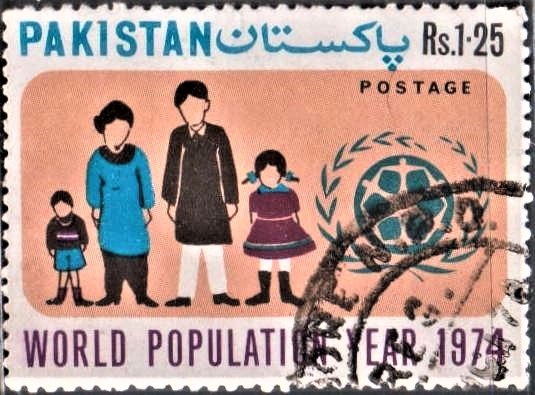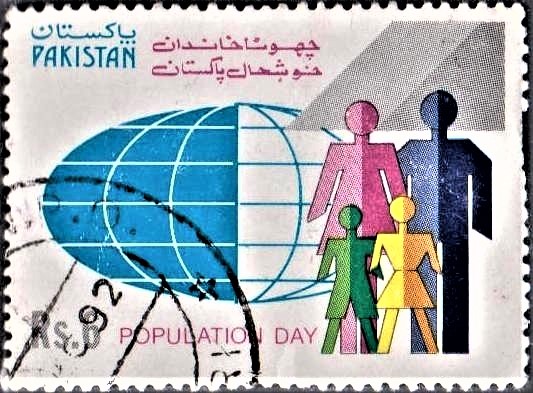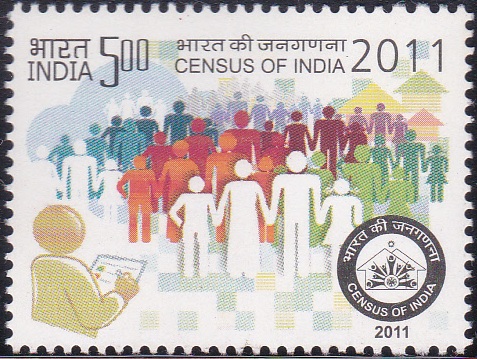
Census of India 2011
A commemorative postage stamp on the 2011 Census of India, 15th Indian Census conducted in two phases, house listing and population enumeration :
Issued on Feb 8, 2011
Issued for : India Post is happy to commemorate the event by issuing a postage stamp on “Census of India 2011”.
Credits :
Stamp & FDC : Kamleshwar Singh
Cancellation : Alka Sharma
Type : Stamp, Mint Condition
Colour : Multi colour
Denomination : 500 Paise
Stamps Printed : 0.4 Million
Printing Process : Wet Offset
Printer : Security Printing Press, Hyderabad
About :
- The Population Census in India commencing from the 9th February, 2011 was the 15th Census in the unbroken series as reckoned from the year 1872 which marked the beginning of the modern census in the country. The process of census taking and data dissemination has evolved over the years. The advent of new technologies for data capture, data processing etc. allows us to integrate changes not only in the basic census taking procedure but also at the crucial stages of data handling and management. The 2011 Census of India was, therefore, marked the beginning of a new era in terms of change in the methodology of census taking and quick dissemination of census results using the modern technology options available.
- India is one of the most populous countries in the world. The population of the country in 2001 census was 1.02 billion and it was expected to be nearly 1.20 billion by 2011. Taking count of such a large population across the length and breadth of the country is a phenomenal task. But it is only through the census that the government collects information about each and every individual of the country, male or female, young or old regardless of the caste, community, ethnic group or area he/she belongs to. It is a matter of pride then that the country has an uninterrupted record of generating this information through the decennial censuses for more than a century.
- The data generated at each census has a great utility for national planning as well as policy formulation on different social, economic and political aspects. It provides a wealth of information on a host of demographic parameters. For instance the housing data helps in assessing the housing deficit besides the quality of life. The data on literacy and education provides lead on the areas which require special attention. The data on economic activities is useful for manpower planning.
- The count of total population as well as that of the Scheduled Castes (SCs) and Scheduled Tribes (STs) in 2001 census had been utilized, of late, to determine the share of the seats in Parliament and State legislatures for the general population and for the SCs/STs. Looking to the wide ranging utility of the data, it is essential that census count is both complete and accurate. There is no retake in the census and it has to be right the first time. The scheme of census taking has been laid down in the Indian Census Act, 1948 in which the Central Government provides the resources as well as the complete framework for it.
- The census taking in India follows the ‘canvasser‘ method against the ‘house-holder‘ method followed in most of the countries in the world. In a country of our size, requires appointment of more than two (2) million enumerators besides a horde of supervisors at various levels. The scale of operations is mammoth. It calls for extensive use of technology at every possible stage of the census taking. A number of new technologies have emerged and matured over the past decade. The diffusion of information and communication technology is taking place very fast and it is rapidly spreading to reach each individual in the society.
- The data collected at census 2011 will provide a comprehensive picture of the social, economic, demographic characteristics and living conditions of the people of India at various levels. Only a census can provide such complete details at the lowest administrative level like village (in rural areas) and ward (for urban area).
- Text : Based on the material provided by the proponent.
Subscribe
Login
0 Comments



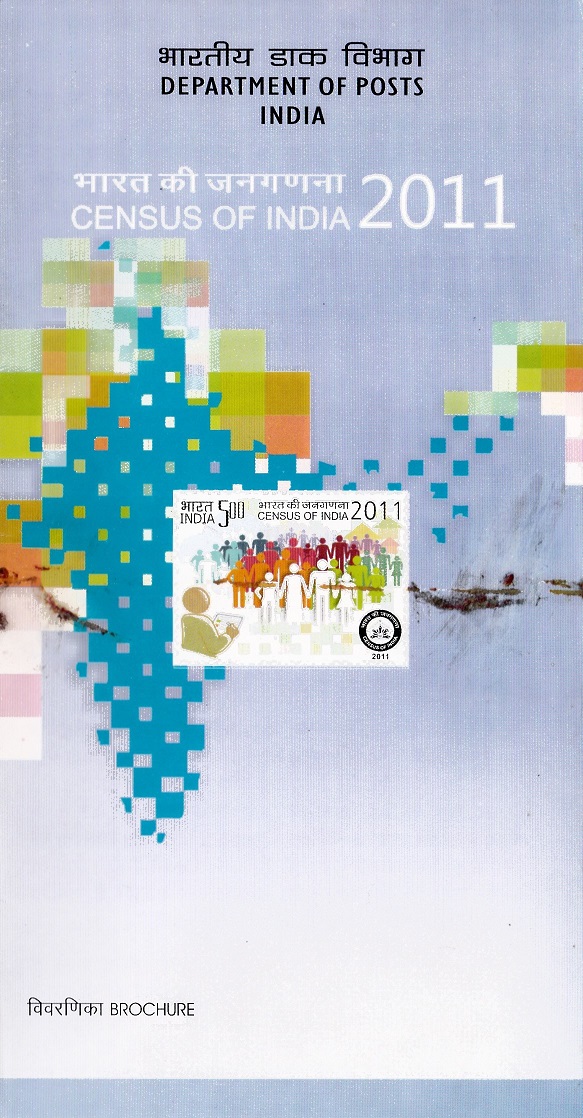 Issued by
Issued by